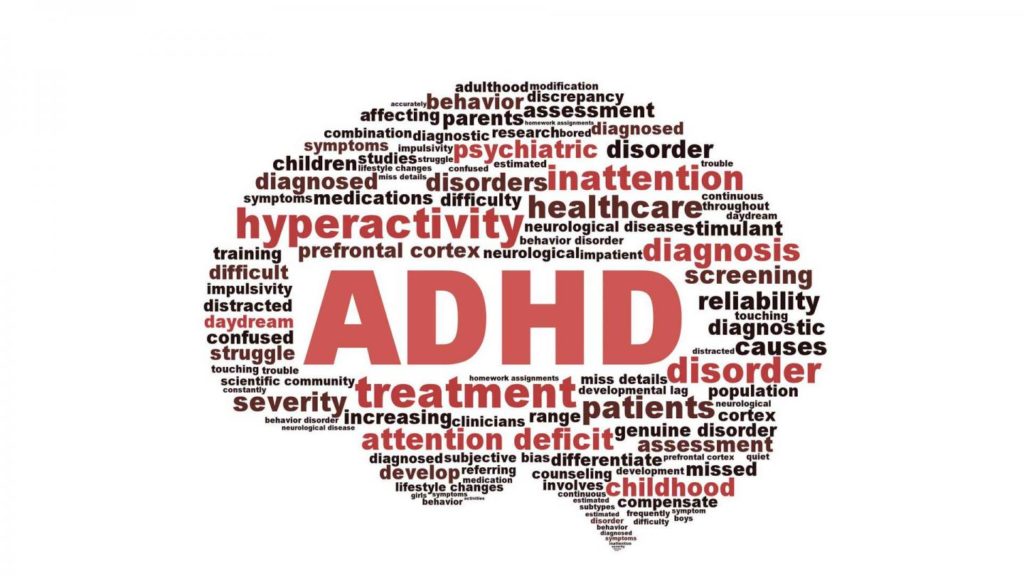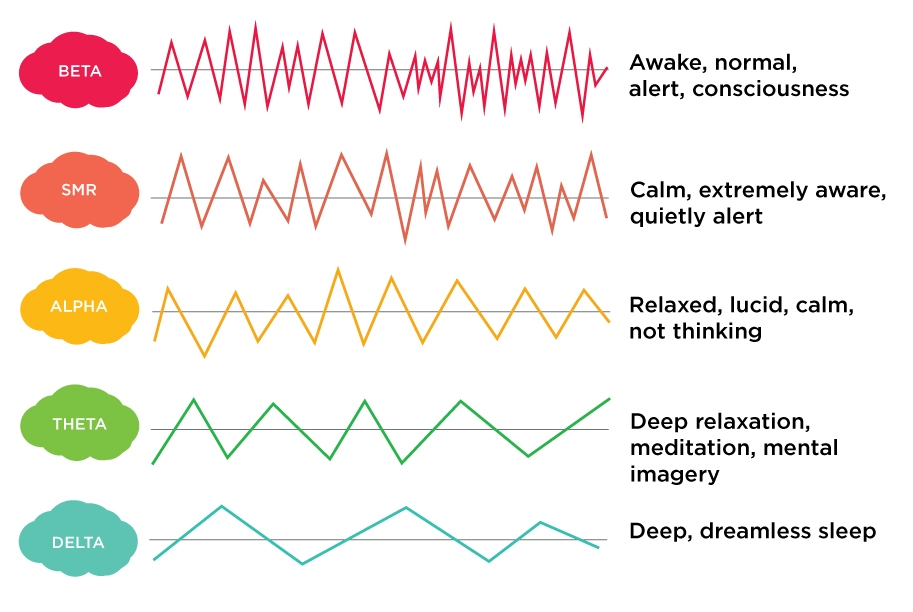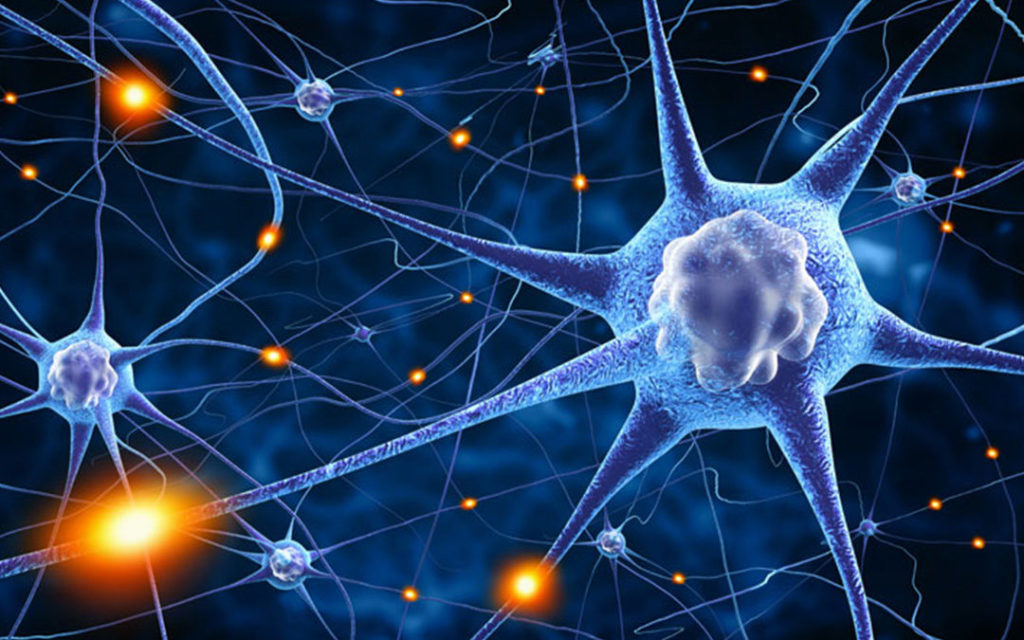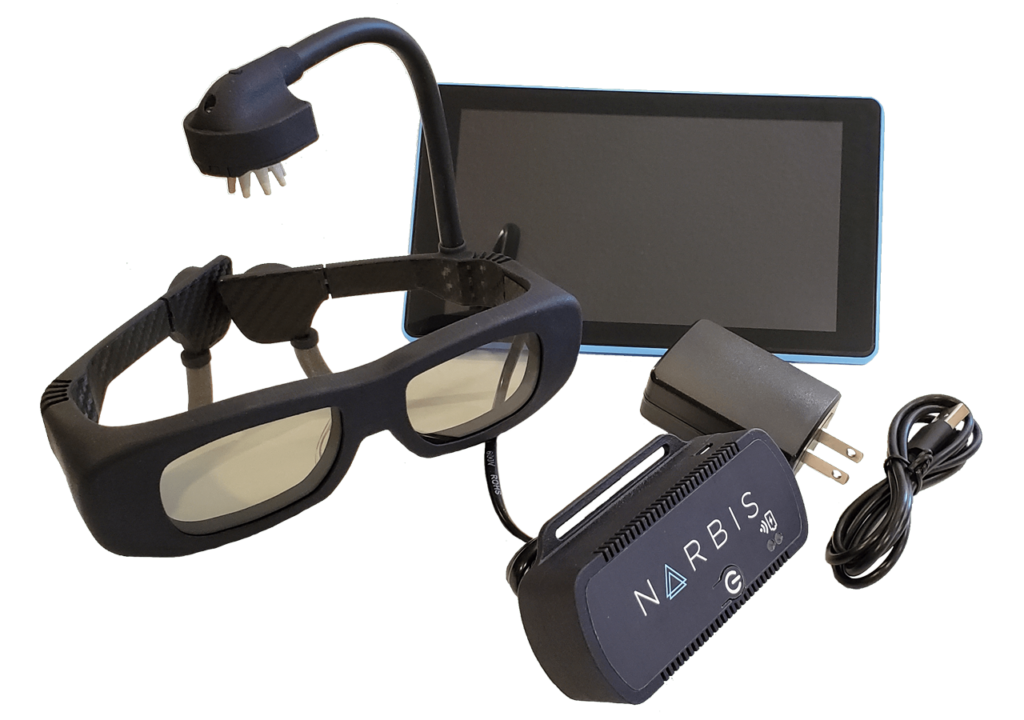Flow. In the zone. Peak performance. Whether you get to these states as a yogi, an athlete, or as a knowledge worker, hyperfocus is another, broader, term that describes this heightened mental state. It’s something into which artists and NFL players alike can tap into for composing an opus, or throwing a perfect football spiral. There is one problem, however: getting into the zone isn’t guaranteed. For instance, for the novice half-marathoner who has heard about the fabled “runner’s high” and only manages to achieve it only once.
The good news for the non-runners among us is that thanks to new technologies, we can actually train ourselves to get into the zone at will.
Hyperfocus in the Wild

Hyperfocus has long been seen as a benefit — or superpower, if you will — of ADHD. For video gamers such as Jovan Milenkovic, a competitive gamer with mild ADHD and co-founder of AhoyGaming, he credits ADHD for his sense of hyperfocus that allows him to give selective attention to the game he’s playing at the moment.
While hyperfocus might be an inherent trait of ADHD, people without ADHD can also attain it through practice: via a runner’s high or for people who practice yoga, meditation and breath mingle to create a calm, focused mind. This takes years of practice, and it’s typically achieved only through years of training, after which you can direct your brain into a hyperfocused state. Even then, it’s not a given that you’ll be able to tap into a meditative state on demand.
This is Your Brain on Hyperfocus
Science is better understanding how brainwaves — specifically the suppression of certain brainwaves over others — leads to hyperfocus. In a recent study published in Experimental Brain Research, scientists examined changes in brain rhythms in relation to optimal performance in self-paced sports. They discovered that peak performance in elite athletes is characterized by increased alpha waves and theta waves across the cortex and that during optimal performance, the frontal lobe is more relaxed — corresponding to higher alpha waves — and less busy (lower theta waves) compared to the other brain lobes.
Moreover, for the same given task, experts’ brains are more relaxed (higher alpha) and less busy (lower theta) than the brains of novices. Their findings suggest that neurofeedback training could teach athletes how to amplify and suppress their alpha and theta activity across the brain during all movement stages.
Hyperfocus and Brainwaves

What are brainwaves and how are they correlated to hyperfocus? First off, electrical activity emanating from the brain is displayed in the form of brainwaves.
There are four main categories of these brainwaves, ranging from the most activity to the least activity. A wonderful summary of how it all works from Scientific American follows:
- Beta: When the brain is aroused and actively engaged in mental activities, it generates beta waves, the fastest of the four different brainwaves. The frequency of beta waves ranges from 15 to 40 cycles a second. Beta waves are characteristics of a strongly engaged mind. A person in active conversation would be in beta. A debater would be in high beta. A person making a speech, or a teacher, or a talk show host would all be in beta when they are engaged in their work. When the brain is aroused and actively engaged in mental activities, it generates beta waves.
- What Are SMR Brainwaves? SMR: Sensorimotor rhythm refers to the waves in the 12 to 15 cycles a second range and appears when we inhibit our movement and return to a calm yet cognizant state. Augmenting SMR waves can help reduce feelings of anxiety and stress and encourage calmness.
- Alpha: The next brainwave category in order of frequency is alpha. A person who has completed a task and sits down to rest is often in an alpha state. Alpha brainwaves are slower, and higher in amplitude. Their frequency ranges from 9 to 14 cycles per second. A person who has completed a task and sits down to rest is often in an alpha state. A person who takes time out to reflect or meditate is usually in an alpha state. A person who takes a break from a conference and walks in the garden is often in an alpha state.
- Theta: Theta brainwaves are typically of even greater amplitude and slower frequency. A person who has taken time off from a task and begins to daydream is often in a theta brainwave state. A person who is driving on a freeway, and discovers that they can’t recall the last five miles, is often in a theta state — induced by the process of freeway driving. People who run outdoors often are in the state of mental relaxation that is slower than alpha and when in theta, they are prone to a flow of ideas. This can also occur in the shower or tub or even while shaving or brushing your hair. It is a state where tasks become so automatic that you can mentally disengage from them. The ideation that can take place during the theta state is often free flow and occurs without censorship or guilt. It is typically a very positive mental state.
- Delta: The final brainwave state is delta. Here the brainwaves are of the greatest amplitude and slowest frequency. They typically center around a range of 0.5 to 4 cycles per second. They never go down to zero because that would mean that you were brain dead. But, deep dreamless sleep would take you down to the lowest frequency. Typically, 2 to 3 cycles a second.
When we go to bed and read for a few minutes before attempting sleep, we are likely to be in low beta. When we put the book down, turn off the lights and close our eyes, our brainwaves will descend from beta, to alpha, to theta and finally, when we fall asleep, to delta.
Rewiring the Brain Through Neuroplasticity

Neuroplasticity is the human brain’s ability to forge new pathways and connections. Not unlike how an electrical engineer might redesign a circuit board, the brain has an ability to transfer functions to other parts of the brain and in some cases, change its physical structure.
Neurofeedback works in a similar way. Much as a player of a woodwind musical instrument learns to associate fingerings with written music or swimmers hone stroke technique, neurofeedback can help teach your brain new habits; effectively the neuroscience equivalent of muscle memory. In essence, neurofeedback can help your brain achieve neuroplasticity.
The science behind neurofeedback and neuroplasticity involves what is known as operant conditioning. In ways similar to how mice can be taught to run through a maze to find a piece of cheese, it’s a method of learning that uses rewards and punishments for behavior. Over time, a neurofeedback training can teach your brain how to quiet a distracted mind and instead, focus and concentrate. That is, neurofeedback can teach you how to enhance and suppress certain brainwaves in order to get into a state of hyperfocus.
The Science Behind Narbis Neurofeedback Smart Glasses
Narbis smart glasses work on the concepts of neurofeedback and neuroplasticity to teach the wearer what it feels like when focused. The sensors in the glasses, which use an algorithm patented by NASA to train astronauts, detect your brain’s state of attention. When the glasses detect that you are engaged and focused, the glasses remain clear. When they detect that your mind is wandering, the lenses gently change tint, reminding you to pay attention. Users have reported positive effects after weeks of three 20-minute sessions a week. In a sense, wearers of Narbis smart glasses can learn to achieve a flow state on demand, paving the way to peak performance at work or during a marathon — of either the running or video game variety.

Conclusion
Science supports the idea that neurofeedback can teach you how to amplify and suppress your brainwave activity, getting you to a hyperfocused state. Essentially, neurofeedback can train your brain to achieve a flow state, ensuring unfettered creativity and performance and achieve new personal records in your career, across the finish line, or accomplishing that passion project. Getting into “the zone” is more than a buzzword during post-game sports shows. It can be your new state of consciousness.







